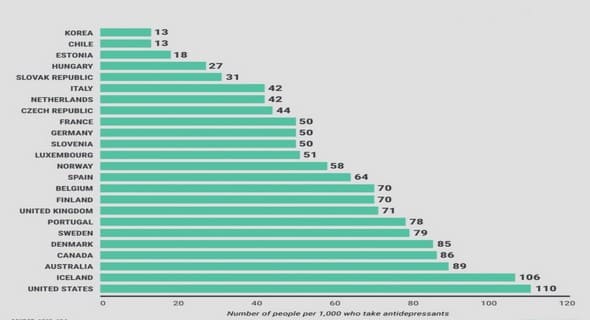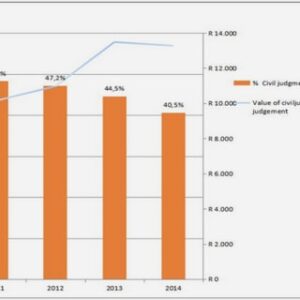(Downloads - 0)
For more info about our services contact : help@bestpfe.com
Table of contents
I Theory and Experiment of the SPOPO
1 Optical frequency combs
1.1 Classical electric elds
1.2 Optical frequency combs
1.2.1 Denitions of frequency combs and ultrafast pulses
1.2.2 Frequency dependent phase
1.3 Dispersion of linear media
1.4 Synchronized optical cavity
2 Quantum optics in continuous variable regime
2.1 Quantization of free radiation
2.1.1 Annihilation and creation operators
2.1.2 The phasor representation and Heisenberg inequality
2.1.3 Squeezed states
2.2 Modes of light elds
2.2.1 Basis change
2.2.2 Monomode and multimode
2.2.3 Basis change in the quadrature representation
2.3 Representation in the continuous variable regime
2.3.1 Density matrix and Wigner function
2.3.2 Gaussian states and covariance matrices
2.3.3 Basis change of covariance matrix
2.4 Symplectic transform
2.5 Williamson decomposition and Bloch Messiah reduction
2.5.1 Recipe of Williamson decomposition
3 SPOPO model and simulation
3.1 Basic tools of nonlinear optics
3.1.1 Propagation equation of nonlinear optics
3.2 Nonlinear eect with ultrafast pulses
3.2.1 Second order polarization
3.2.2 The wave number of ultrafast pulses
3.3 The SPOPO model
3.3.1 Preparation of pump, frequency doubling
3.3.2 Parametric down conversion with optical frequency combs
3.3.3 Schmidt modes
3.3.4 Squeezing of SPOPO
3.4 Simulating multimode correlation of the SPOPO
3.4.1 Simulating covariance matrix
3.4.2 The eigenmodes
4 Principle of the SPOPO experiment and preparation of light source
4.1 Principle of the experiment
4.1.1 The objective
4.1.2 Experimental conguration
4.2 Laser Source
4.2.1 Pump laser
4.2.2 Femtosecond laser
4.2.3 Pump pointing locking
4.2.4 Spectral locking
4.3 Preparation of laser
4.3.1 Correction of the astigmatism
4.3.2 Dispersion compensation
4.3.3 Frequency doubling
4.3.4 Mode matching and relative delay
4.4 SPOPO cavity
4.4.1 Cavity conguration
4.4.2 Alignment of the cavity
4.4.3 PDH locking
4.4.4 Alignment of the nonlinear crystal and the pump
4.4.5 Amplication and deamplication
4.4.6 The threshold of the SPOPO
4.4.7 Relative phase locking between signal and pump
4.4.8 The SPOPO above threshold
4.5 Homodyne detection with pulse shaping
4.5.1 Homodyne detection
4.5.2 Pulse shaping in the local oscillator
4.5.3 Measurements and data collecting
4.6 State reconstruction with 16-pixel covariance matrix
4.6.1 Measuring multimode quantum noises of SPOPO and covariance matrix
4.6.2 Multimode analysis
4.6.3 Full multipartite entanglement
II Quantum Network
5 Continuous-variable cluster states
5.1 Cluster states in CV
5.2 Cluster states with squeezed states and linear optics
5.3 Generating cluster states with OPOs
6 Simulating quantum networks via pulse shaping
6.1 EPR network via pulse shaping
6.2 Simulating quantum networks with SPOPO
6.3 Witness of quantum networks
6.4 Simulating a multipartite quantum secret sharing
6.5 Conclusion
6.6 Appendix 1: Optimization of cluster matrix
6.7 Appendix 2: Reconstructed secret modes
III Multipixel-homodyne based Quantum Computing and Metrology
7 Quantum computing with SPOPO
7.1 Multipixel homodyne detection
7.2 Setup and alignment
7.3 Simultaneously measuring multimode covariance matrix
7.4 Characterization of Feasible operations
7.5 Feasible quantum networks
7.6 Locking squeezed vacuum
7.7 Conclusion
8 Multimode entanglement with cascading FWM
9 Quantum frequency metrology
9.1 Mode-dependent characters of ultrafast pulses
9.2 Setup and frequency-resolved measurement
9.3 A quantum spectrometer
9.3.1 Principle
9.3.2 Experimental conguration
9.3.3 Central frequency measurement
9.3.4 Multimode analysis of frequent metrology



